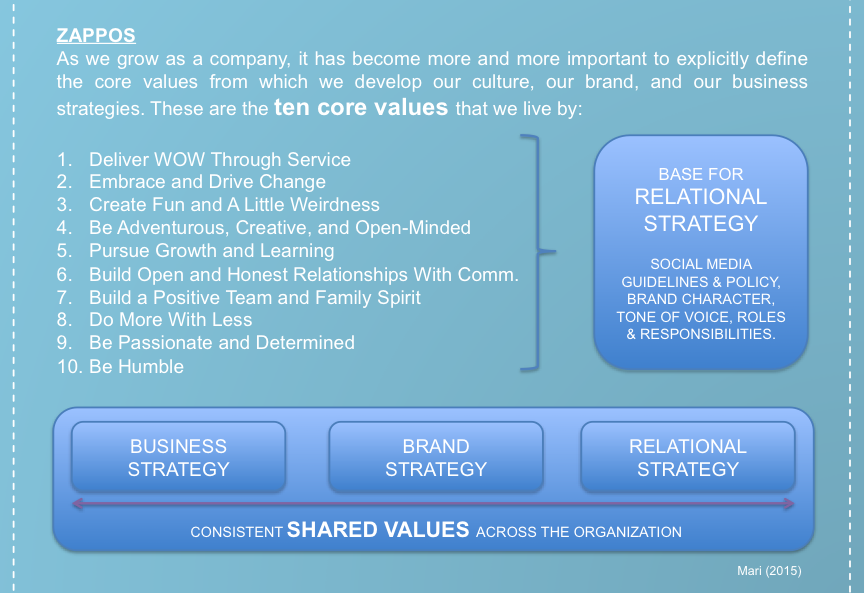Mobile Apps Categories

Assessing the different typologies of mobile apps made available to users, it is rather intuitive to notice 4 main categories of software applications . If we go beyond the single features contained inside an app, we can observe that almost the totality of mobile applications can be conceptually included in the following categories: education, information, entertainment, and utility . There are applications purely ‘ EDUCATIONAL ’ serving the purpose of educating people on a large variety of topics. Successful examples of educational apps are Udemy , an online learning platform that allows instructors to host courses, and TED , a global set of conferences held under the slogan ‘ideas worth spreading’. Also popular e-learning platforms for kids, such as Dragonbox Algebra , use interactive teaching methods for educational purposes. Opposite to the educational apps, we find in the figure those focusing on ‘ INFORMATIONAL’ content. Popular information-based apps...


